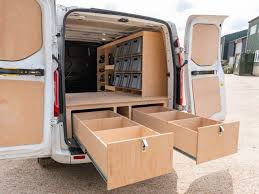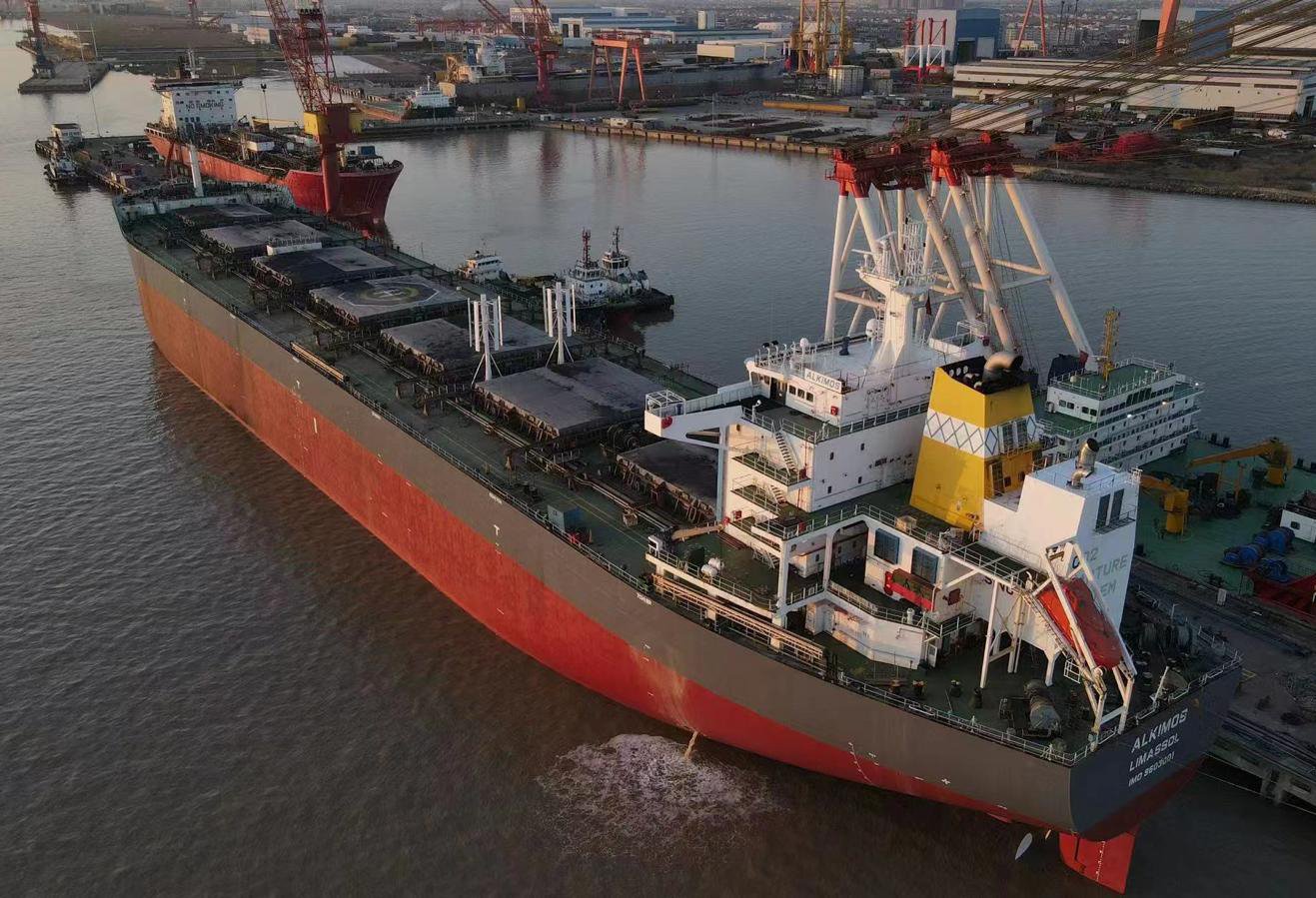Professional tradespeople recognize that vehicle organization directly impacts productivity, profitability, and work quality. Selecting appropriate custom van drawer options requires balancing multiple technical considerations against specific workflow requirements and vehicle specifications. Industry research demonstrates that customized storage solutions can reduce time spent searching for tools by up to 30% while extending equipment lifespan through proper organization and protection. The customization process involves detailed analysis of work requirements, precise measurement of available space, material selection, and integration with complementary systems. This technical guide outlines a methodical approach to evaluating and selecting custom drawer systems that maximize efficiency while accommodating the specific demands of specialized trades and individual work practices.
Professional Needs Assessment and Workflow Analysis
Begin with comprehensive inventory documentation. Categorize tools and equipment by frequency of use, applying the 80/20 principle—identifying the 20% of tools that accomplish 80% of daily tasks. These high-frequency items require most immediate access, typically positioned between waist and shoulder height to minimize physical strain.
Document typical workflow sequences through time-motion analysis. Track movement patterns during representative jobs, noting tool access frequency and sequence. This analysis reveals natural groupings for equipment storage—connecting tools used in sequence within the same drawer or adjacent drawers streamlines workflow substantially.
Consider seasonal variations in equipment needs. Many trades require significantly different tool loadouts between summer and winter work. Advanced drawer systems accommodate these shifts through modular components with quick-change configurations, allowing seasonal transformation without complete system redesign.
Vehicle-Specific Technical Considerations
Precise vehicle measurement is critical for maximized storage utilization. Document all interior dimensions, including subtle variations in wall contours, floor unevenness, and ceiling height changes. Particular attention should focus on wheel well intrusions, which often create challenging design constraints but can accommodate specialized storage solutions.
Weight distribution calculations must account for both static and dynamic loading conditions. Professional drawer systems should distribute weight evenly between axles, maintaining proper vehicle handling characteristics. The general rule maintains 60% of added weight forward of the rear axle in front-wheel-drive vehicles and balanced distribution in rear-wheel-drive platforms.
Electrical system integration requires careful planning. Modern drawer systems often incorporate lighting, power outlets, or charging stations that draw from the vehicle’s electrical system. Professional installations include dedicated fuse protection, voltage drop calculations for wire sizing, and isolation systems that prevent drawer-mounted electrical components from draining the starting battery.
Material Selection Based on Technical Requirements
Material selection should align with specific environmental and use conditions. Aluminum systems offer excellent corrosion resistance and weight advantages but may show wear more quickly in abrasive environments. Steel systems provide maximum durability but carry weight penalties of 40-60% compared to aluminum counterparts.
Consider specialized material applications for specific requirements. Stainless steel components offer superior resistance for chemical exposure or marine environments. Composite drawer fronts provide improved noise dampening, reducing rattling during transit. Integrated rubber matting with specific durometer ratings (typically 60-80A) reduces tool movement and protects drawer surfaces.
Surface treatment selection significantly impacts long-term durability. Anodized aluminum provides excellent corrosion protection while maintaining precise dimensional tolerances. Custom Van Drawer Powder coating increases impact resistance and offers extensive color options for brand alignment or organization systems. Clear-coat treatments provide protection while maintaining the professional appearance of raw materials.
Integration with Complementary Systems
Consider how drawer systems interface with other vehicle components. Professional configurations often incorporate overhead storage, partition walls, and roof rack accessibility. The most effective systems create natural workflow pathways that minimize reaching, bending, and lifting.
Plan for future expansion with modular systems that accommodate additional components. Quality drawer systems offer compatibility with trade-specific add-ons like parts bins, specialized tool mounts, or material racks. This modularity extends system lifespan by allowing reconfiguration as work requirements evolve.











